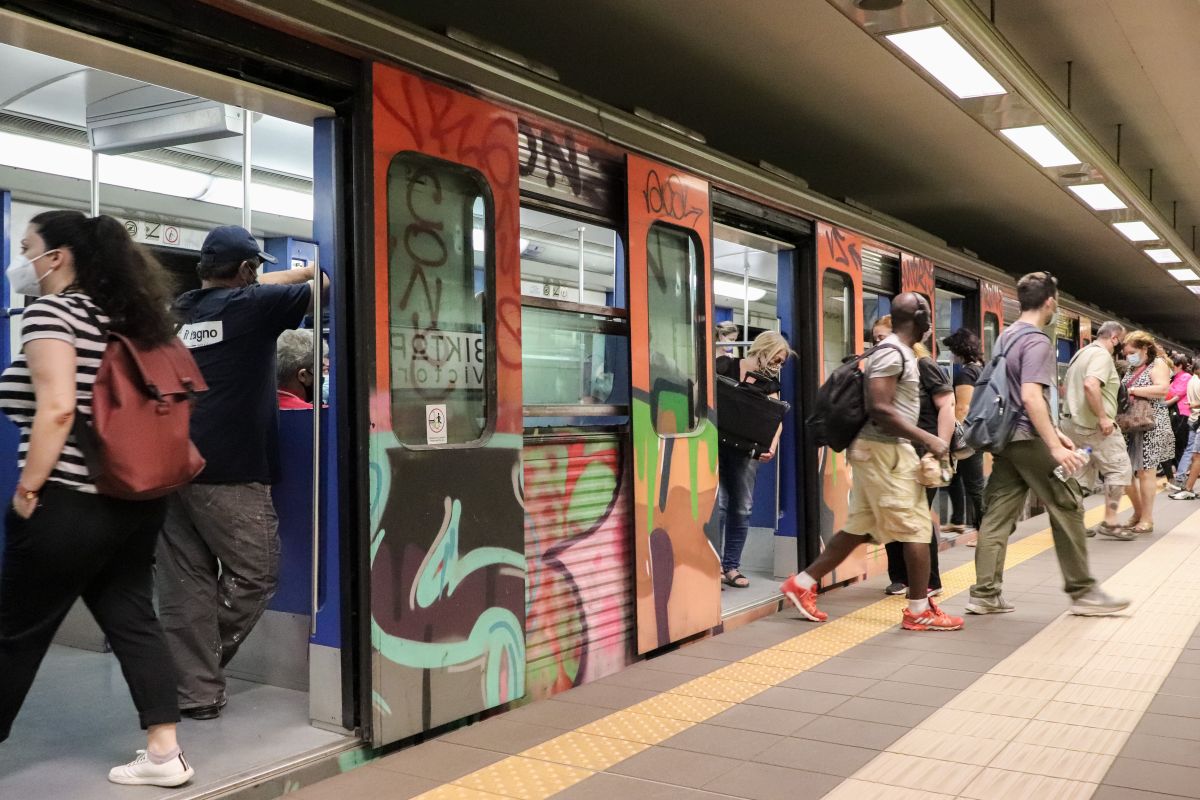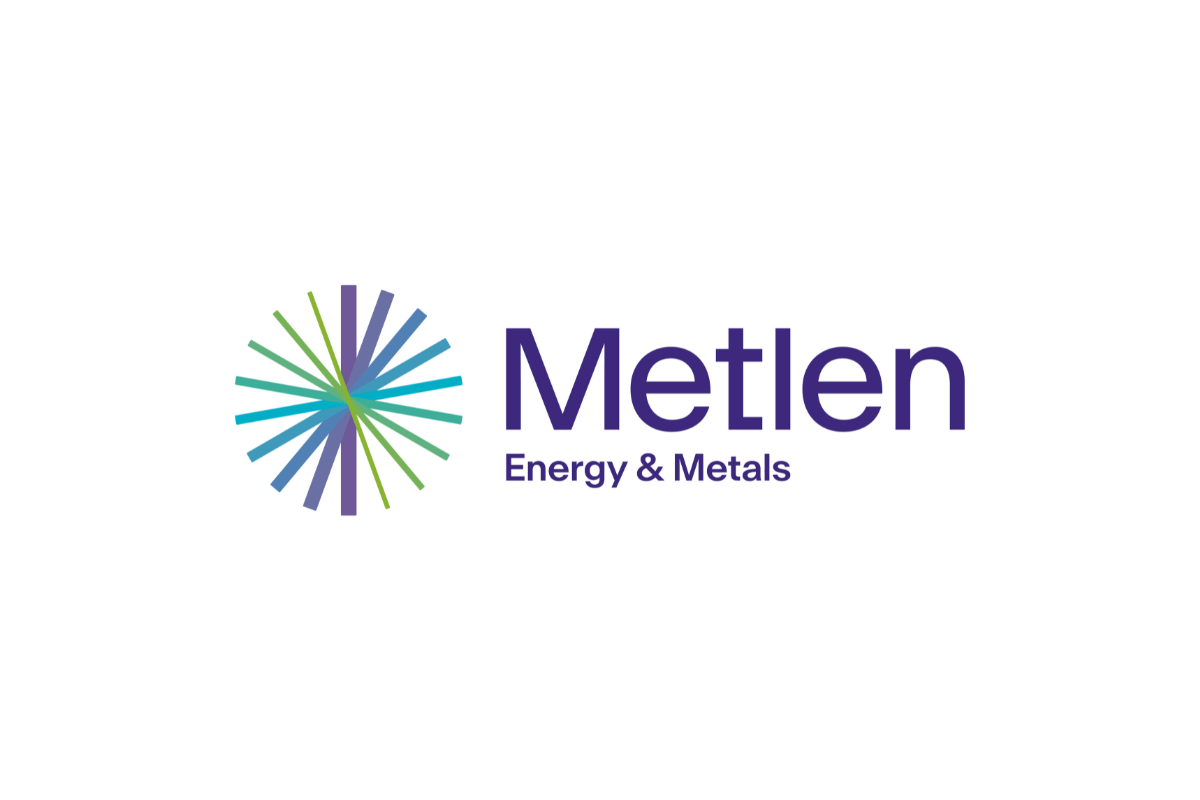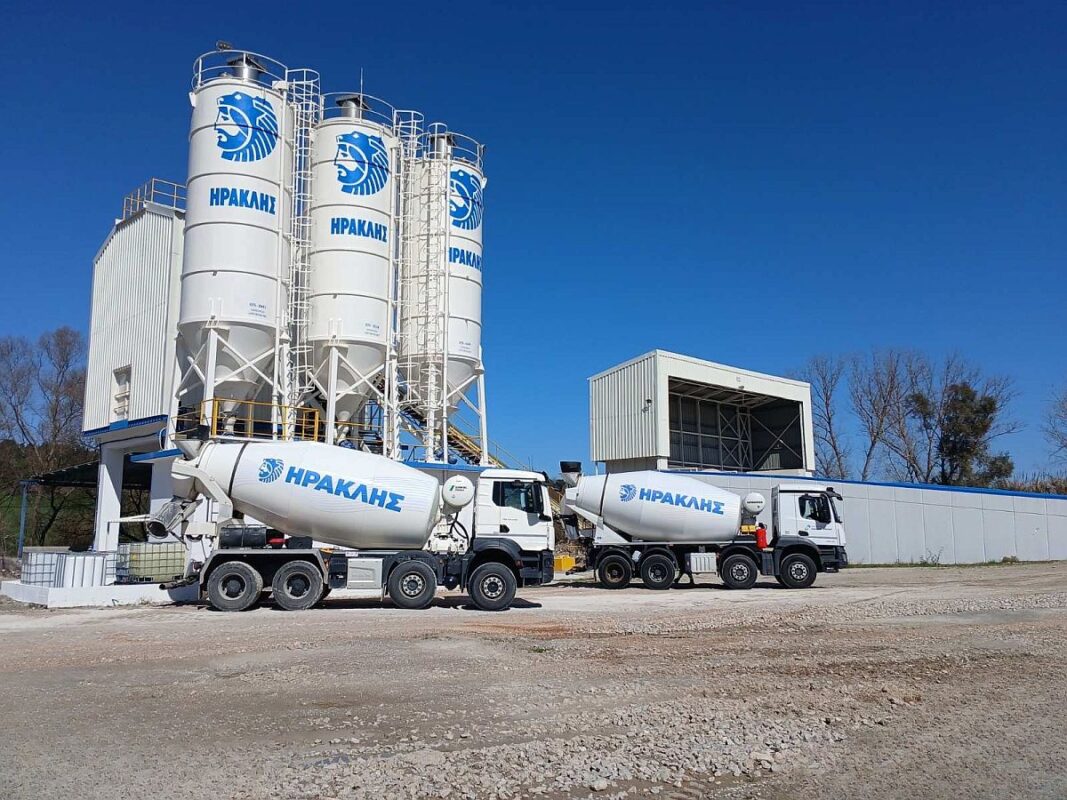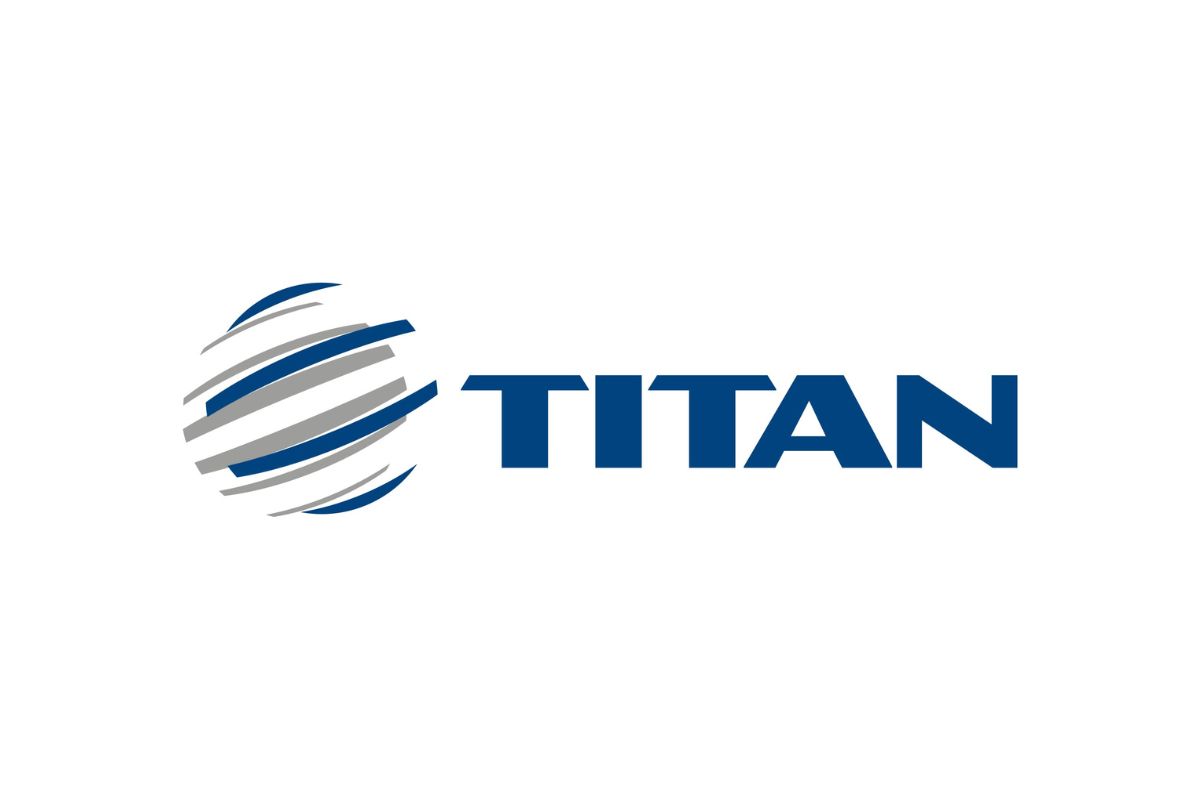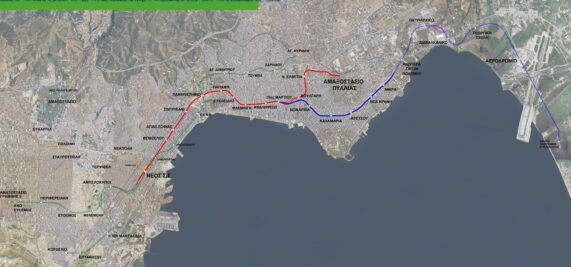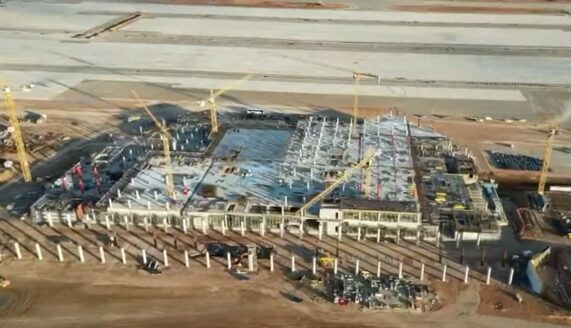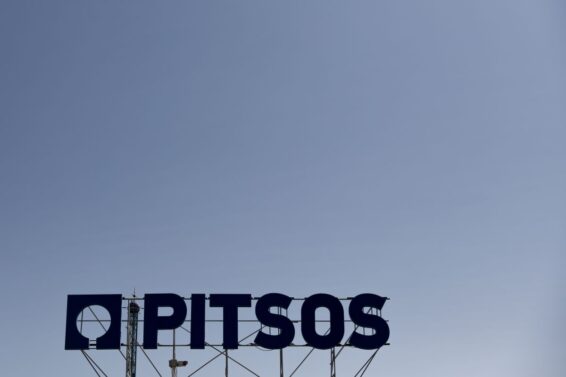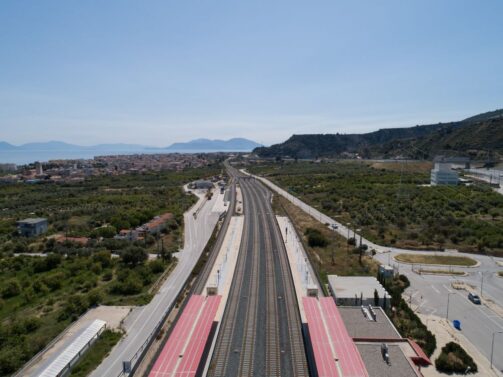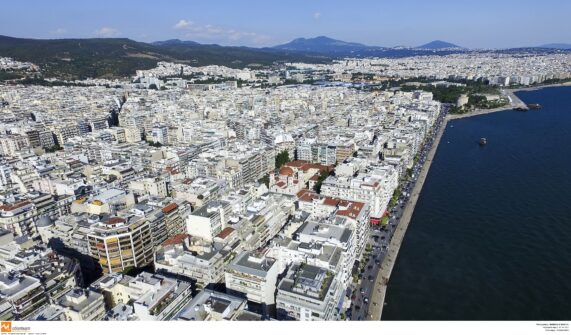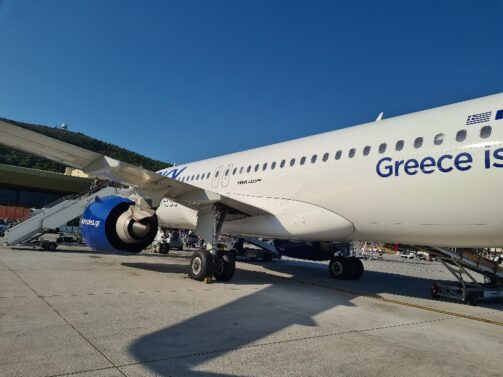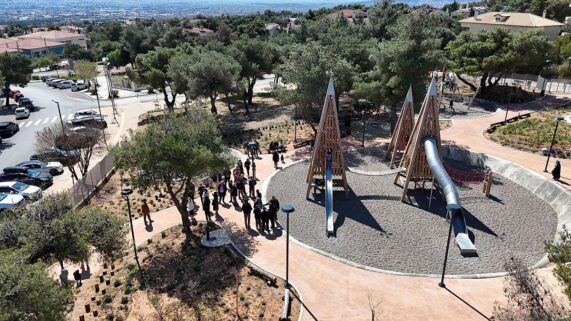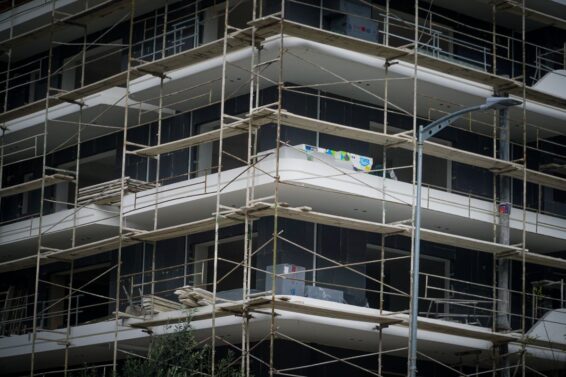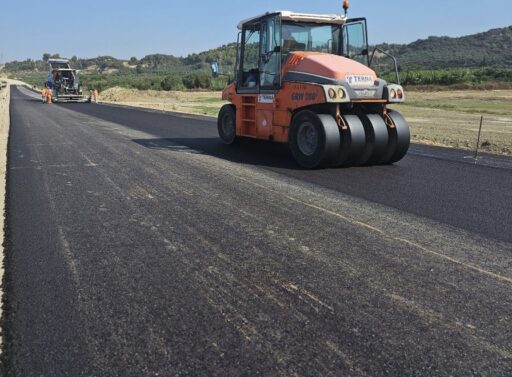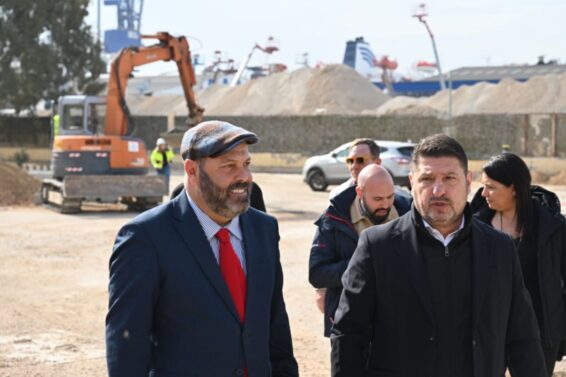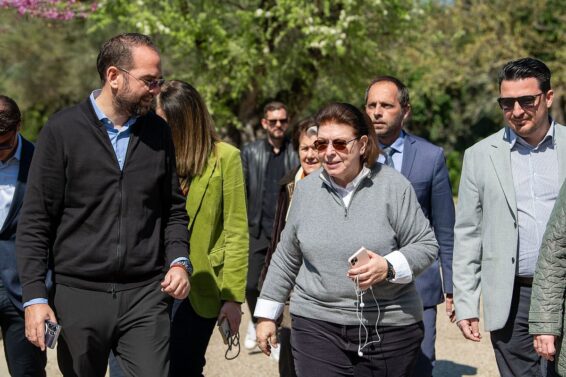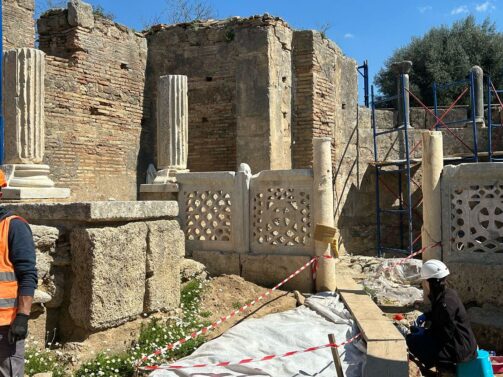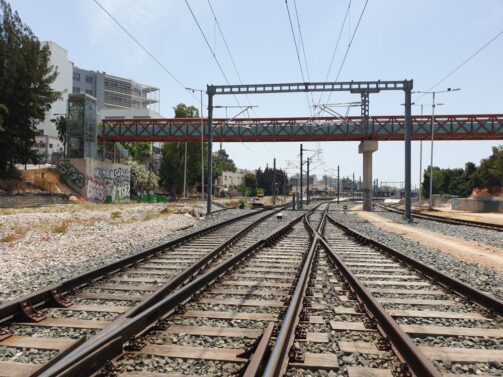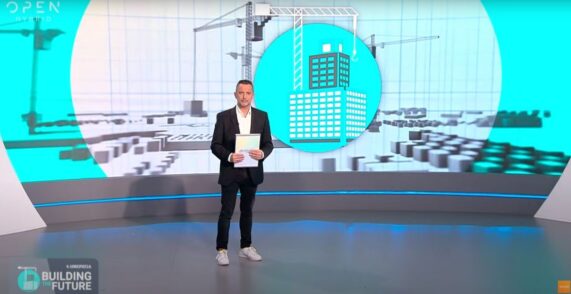One step before the start of the most important “lifting” on the trains of Metro line 1 (formerly known as Electrikos). Yesterday, Parliament passed the STASY contract for the project to upgrade 14 trains for 70 carriages that have been operating on line 1 of the Metro since the 1980s.
Now all that remains is to lock in the contract signing date and then begin the transformation of the aging trains. It is the first time in the history of Metro operation that an attempt is made to give a “second life” to existing rolling stock.
The problems with the functionality as well as the appearance of the trains of line 1 have been ongoing for many years and is one of the unsolved issues, with the top one being the problem of graffiti that creates an image of obsolescence of this means of transport.
Through ESPA
The intervention for the lifting of the 14 trains has already been included in the NSRF 2014-2020 since summer. The total cost of the project amounts to 94.19 million euros. The projects include the renovation of the substations in Faliro and Heraklion as well as the hiring of a Technical Consultant. The Contracting Authority is the STASY.
The contractor is the Spanish CAF, which managed to undertake the first project of its kind in our country. The reconstruction work will be done in Greece and according to sources close to the matter, factory space is being sought with candidates in the cities of Volos and Thessaloniki in industrial areas that are currently either under-functioning or inactive.
With this project, the 14 trains of the 8th reception which started to operate gradually in the two years 1984-1985 and today are in a particularly bad condition, both visually and functionally, will be renovated as they will have a new interior, air conditioning, screens, new E/M systems while the trains will be accessible for the disabled. If we have no delays the project contract can be signed within the year.
A Bridge project
Essentially, this project starts with the funds of the NSRF 2014-2020, but it is planned to be completed as a bridge project in the new NSRF 2021-2027. The total eligible expenditure for this period amounts to 12.3 million euros.
In this first funding period, the works estimated to be carried out are the delivery of a real-scale model of a representative train vehicle and the related services of the Technical Consultant for the above works.
The rest of the vehicles and trains, the sub-project of the traction substation upgrade as well as the remaining work of the Technical Consultant, will be the subject of Phase B 2021-2027.
The duration of the projects was estimated at 34 months from the signing of the contract. On the assumption that the project will not have delays, then the trains as a whole will have been modernized by 2025. Beyond the overall deadline, there will be a partial delivery of the trains. The first “new” train will be delivered in 19 months (570 days) from the day of signing the contract, another four in 25 months, and another five in 30 months. The last four will be delivered by the end of the contract. Renovation work is expected to take place at facilities within the country.
What improvements will be made on the trains
With this contract, these trains will be renovated to be able to operate adequately for an additional 25 years from the time they are put back into service. More specifically, equipment and system improvements concerning the general parts of the train vehicles such as the driver’s cabin, the electronic control units, the interior passenger space and the underfloor equipment are foreseen.
The requirements of the renovation and its main results are summarized in the following systems:
a. complete or partial replacement of door, traction, auxiliary and air supply systems resulting in increased reliability and improved train maintainability,
b. complete renovation of the driver’s cabin and the interior of the vehicles in order to improve accessibility and passenger information,
c. installation of modern surveillance and control systems (e.g. cameras to control the closing of doors) which will lead to an increase in the operational safety level of the train and improvement of the driver’s working conditions.
The main works of the proposed project mainly concern the replacement of traction motors, static auxiliary voltage inverters, windows, seats, maintenance of the air conditioning system, installation of new floor and side walls, installation of LED lighting, new closed circuit cameras and public information screens. At the same time, the carriages will be accessible to the disabled, while safety belts for wheelchairs will also be installed.
Renovation of substations and braking sourced energy
At the same time, the renovation of the Faliro and Heraklion substations is planned. The aim is the possibility of recovering energy which is produced during the electric braking of the trains. The existing estimate is that with the energy recovery system that will be installed, significant energy savings of approximately 10% are expected.
The project will be implemented through the NSRF 2021-2027 and is also the first such project to be carried out in our country. The cost is estimated at 2.7 million euros. In the next period there will be a meeting with both HEDNO and RAE because the necessary permits will have to be obtained and the relevant jurisprudence must be found for the production of electricity through braking. The project will reduce the overall environmental footprint of STASY.
For substations, the key pieces of equipment to be replaced are the following:
a. medium voltage fields
b. traction and lighting transformers
c. remedial provisions.
The upgrade will contribute to the reduction of damages and thus increase the reliability of their operation.
ΜΗΝ ΞΕΧΑΣΕΤΕ
- Ακολουθήστε το ypodomes.com στο Google News και μάθετε πρώτοι όλες τις ειδήσεις για τις υποδομές στην Ελλάδα
- Αν είστε επαγγελματίας του κλάδου, ακολουθήστε μας στο LinkedIn
- Εγγραφείτε στο Ypodomes Web TV

